Bullying can affect anyone, and it's essential to foster a community where everyone feels safe and valued. In this article, we'll explore effective anti-bullying strategies that empower individuals to speak up and support one another. We'll also share inspiring stories from those who have taken a stand against bullying, demonstrating the positive impact of collective action. Join us as we delve into this crucial issue and discover how together, we can make a difference!
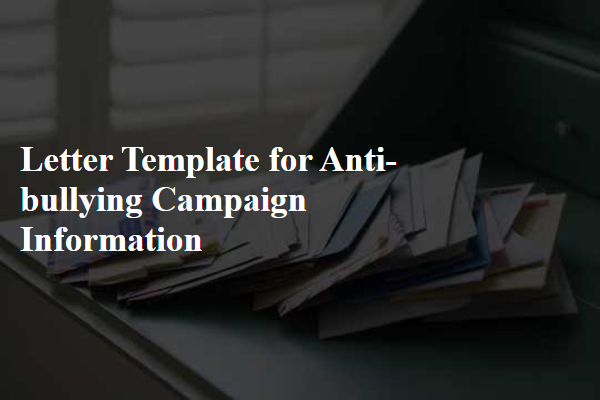
Clear Purpose Statement
An anti-bullying campaign aims to raise awareness of the detrimental effects of bullying on individuals and communities. This initiative seeks to create a safe and supportive environment in educational institutions, such as schools and universities, where all students, including those in grades K-12, can learn and thrive without fear of harassment. Data shows that nearly 1 in 5 students experience bullying, leading to severe emotional and psychological consequences, including anxiety and depression. Through workshops, educational materials, and outreach programs, this campaign advocates for empathy, understanding, and inclusivity, empowering students and faculty to speak out against bullying and support one another. By fostering a culture of respect, the campaign endeavors to decrease bullying incidents and promote positive interpersonal interactions among peers.
Empathy and Inclusiveness
Empathy and inclusiveness are vital components of a successful anti-bullying campaign aimed at fostering a supportive environment within schools and communities. Cultivating empathy involves understanding and valuing the feelings of others, which can significantly reduce incidents of bullying. Programs that focus on empathy training can increase awareness of the psychological effects of bullying, highlighting statistics such as the prevalence of depression in bullied children, which can reach up to 20%. Inclusiveness encourages diversity and promotes acceptance of all individuals, regardless of background, race, or ability. Events like "Unity Day" held annually on October 24 aim to celebrate inclusiveness by encouraging people to wear orange, showing solidarity against bullying. Implementing initiatives such as peer mentoring programs or workshops on conflict resolution can empower students to stand against bullying, creating an environment where everyone feels valued and respected. Supporting these principles can lead to dramatic changes, resulting in safer and more harmonious schools.
Actionable Steps and Resources
An effective anti-bullying campaign requires well-defined actionable steps and readily available resources. Begin with organizing informational workshops at local schools, addressing the impact of bullying on students' mental health, academic performance, and social interactions. Utilize statistics from organizations like the National Center for Educational Statistics, which reports that approximately 20% of students aged 12-18 experience bullying. Implement anonymous reporting systems, providing students with safe channels to report incidents, thus fostering a culture of trust. Develop peer support groups, creating spaces for dialogue among students, helping them understand their roles as allies in combating bullying. Collaborate with local mental health professionals to offer resources, including counseling services for victims, ensuring they have access to support at least once a week. Engage parents through community meetings, enhancing awareness about warning signs of bullying and ways to address it effectively. Distribute flyers with helpline numbers like the National Bullying Prevention Center, empowering families with immediate assistance options. By fostering open communication and providing tangible resources, communities can work together to create safer environments for all students.
Impactful Statistics
Bullying in educational environments, particularly middle and high schools, significantly impacts student well-being and academic performance. Approximately 20% of students experience bullying, which can lead to detrimental effects on mental health, such as anxiety and depression. Studies show that victims of bullying are 2 to 9 times more likely to consider suicide than non-victims, emphasizing the urgent need for intervention strategies. Furthermore, schools with anti-bullying programs report a 50% reduction in reported bullying incidents, demonstrating the effectiveness of proactive measures. Awareness events, such as "National Bullying Prevention Month" in October, aim to educate students and staff about the importance of fostering a safe and inclusive learning environment.
Contact Information and Support
A comprehensive anti-bullying campaign offers crucial contact information and robust support mechanisms for affected individuals. The National Bullying Prevention Center, located in Bloomington, Minnesota, provides resources at 1-800-220-5404 with trained counselors available 24/7. Local school districts implement helplines, like the Los Angeles Unified School District's Safe Schools hotline at 1-877-ASK-LAPD, enabling students to report incidents confidentially. Community organizations, such as StopBullying.gov, offer online support materials, including guides and toolkits, targeting both students and educators. Workshops and training sessions schedule in various local venues to raise awareness, promote empathy, and equip participants with effective anti-bullying strategies, reinforcing a supportive environment in educational institutions and communities.


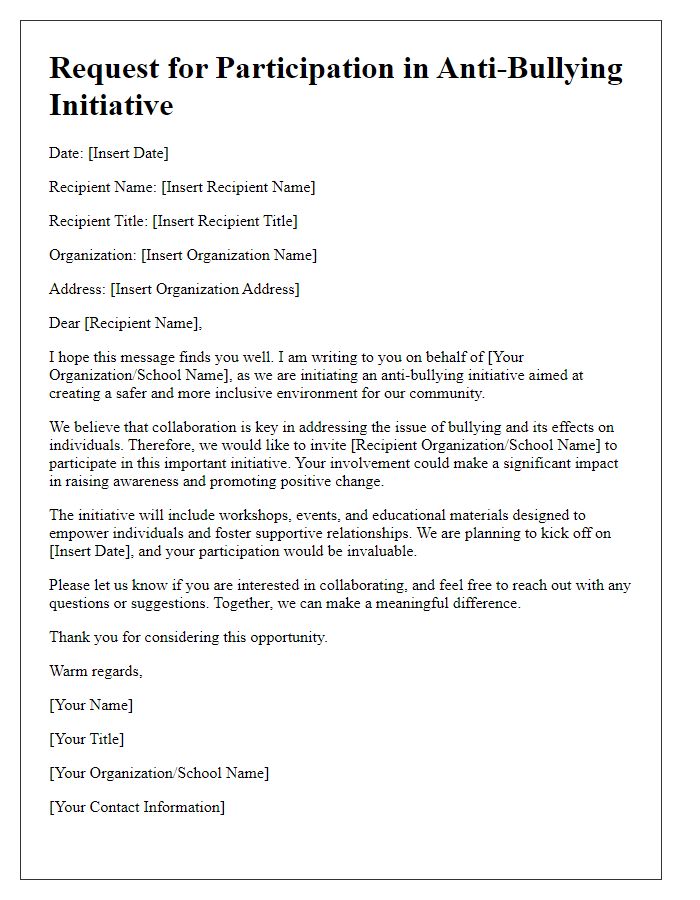
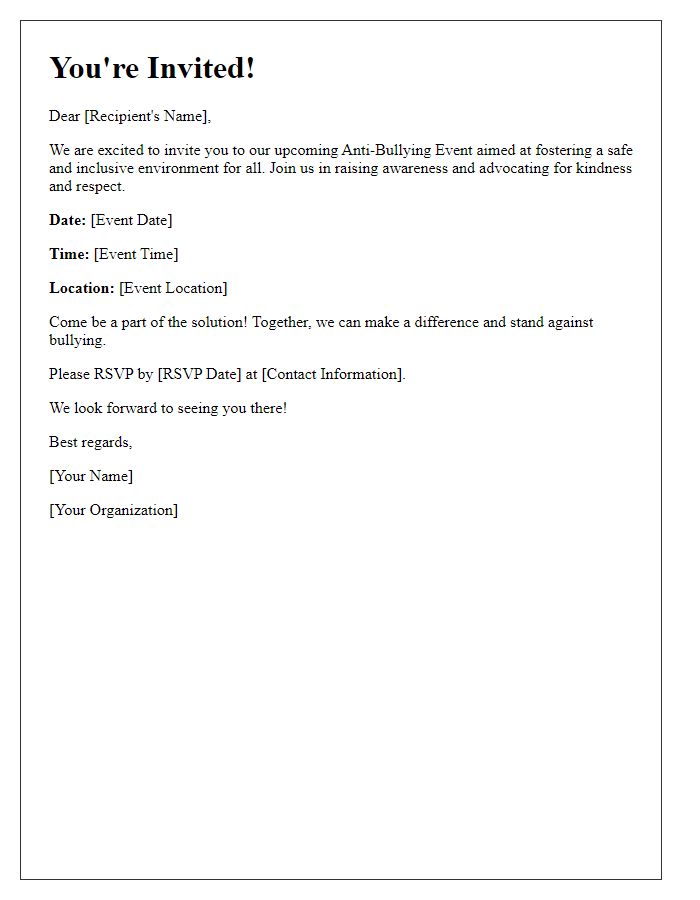


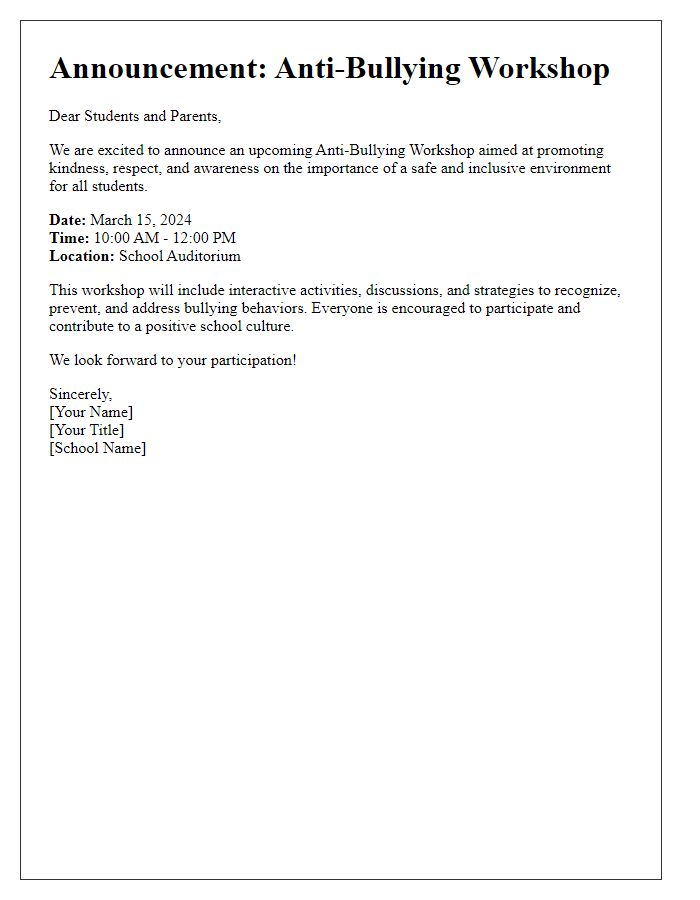
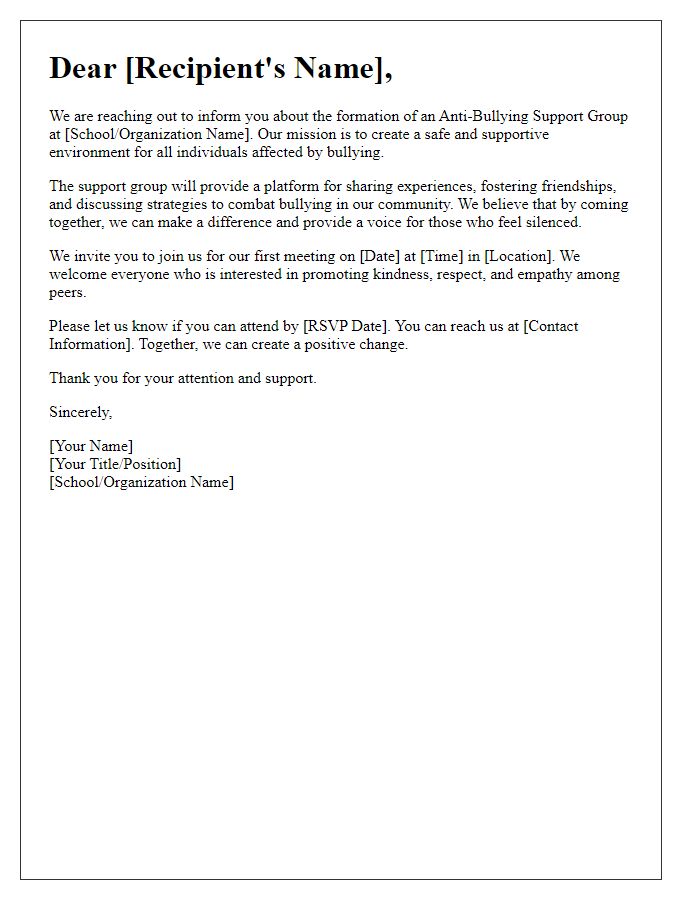

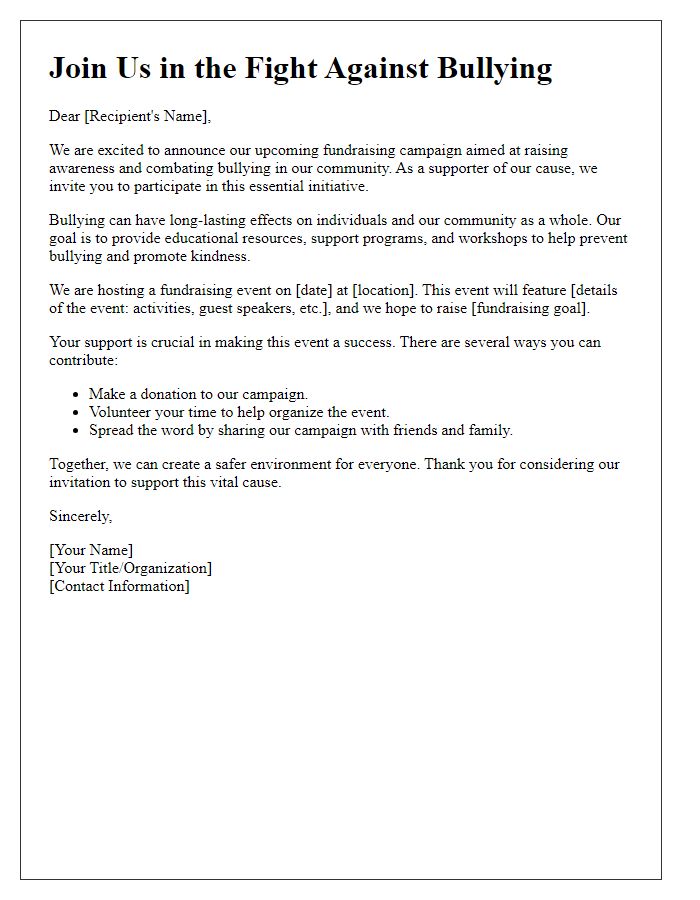
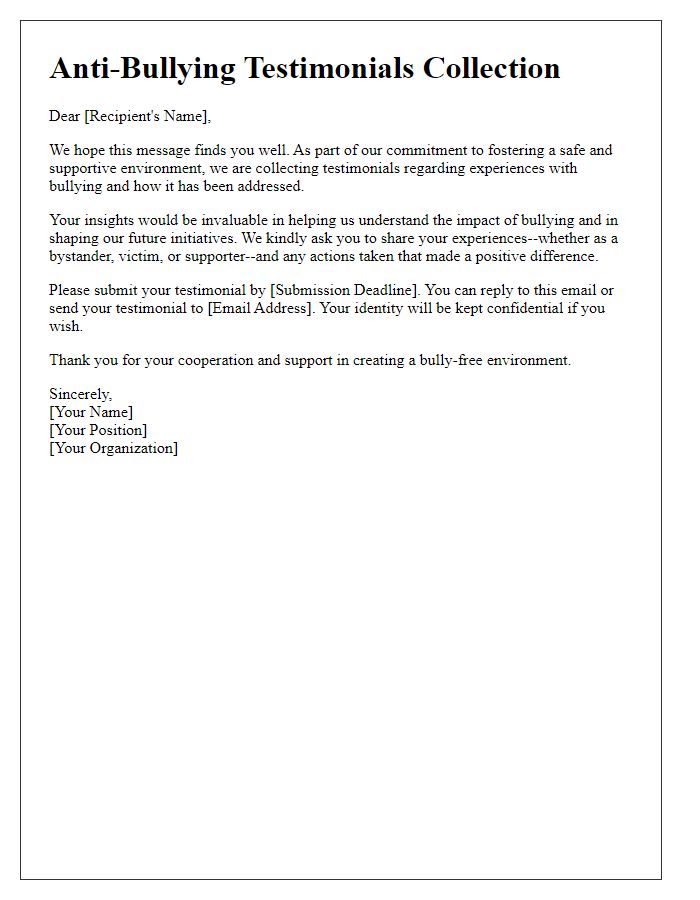


Comments